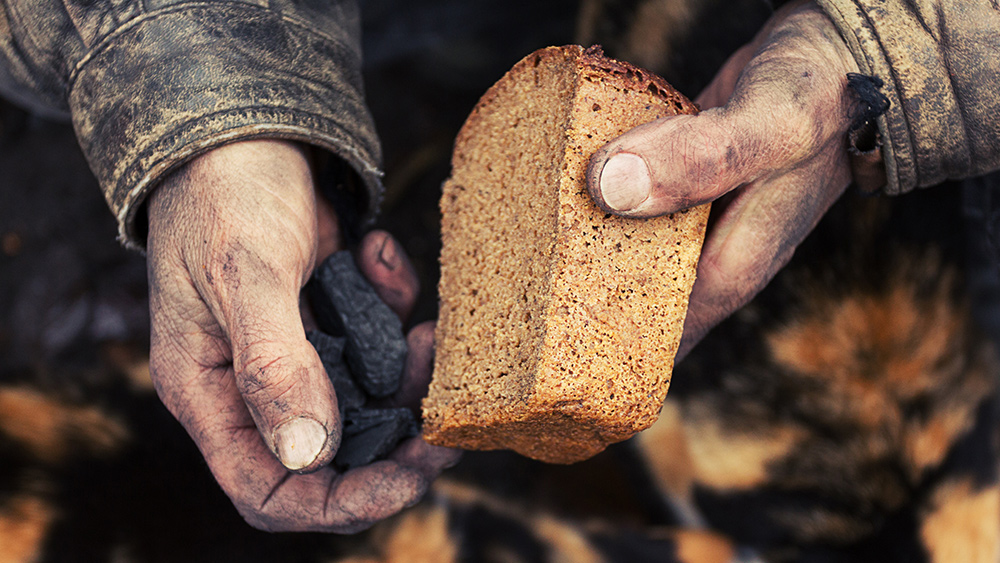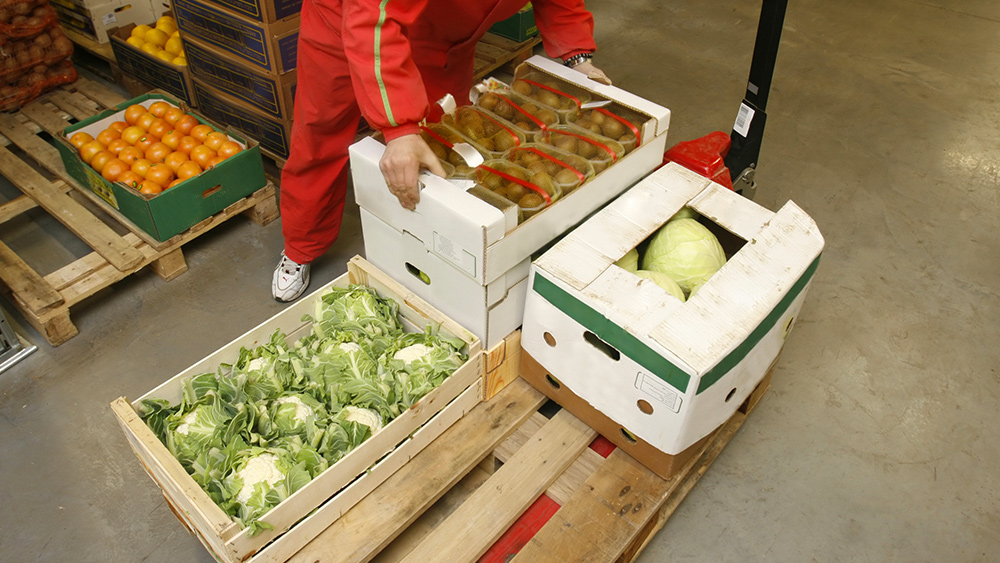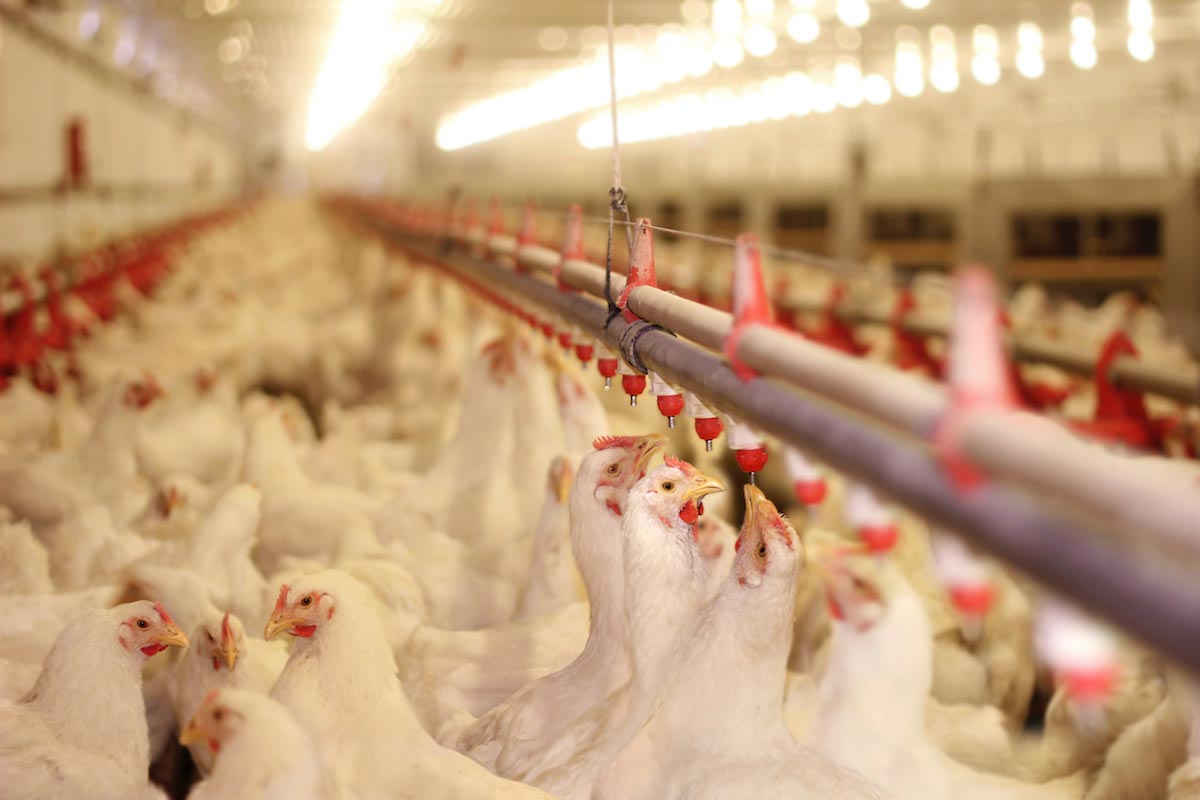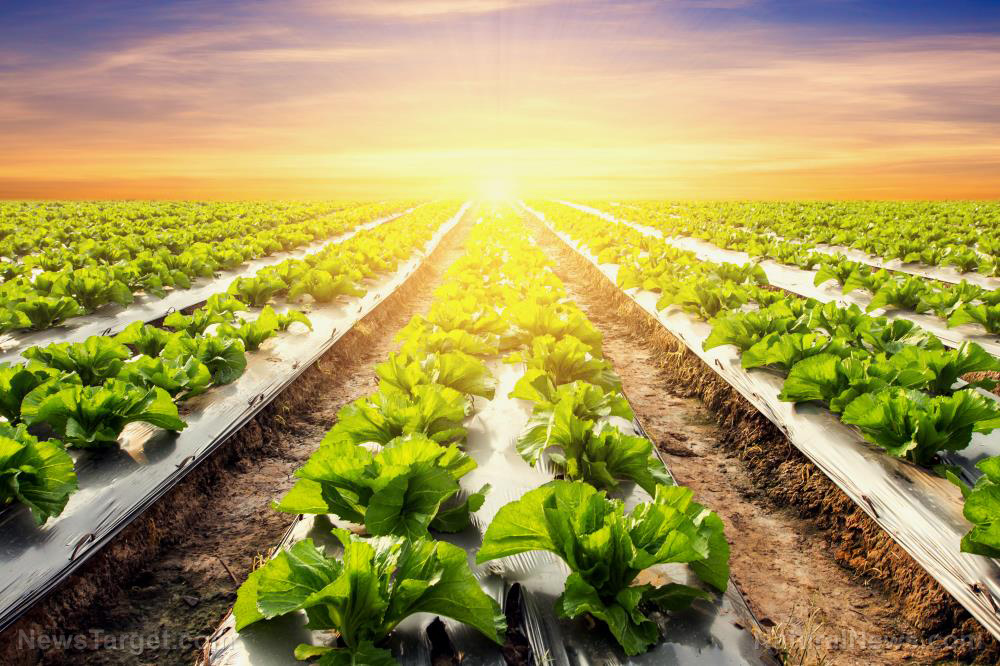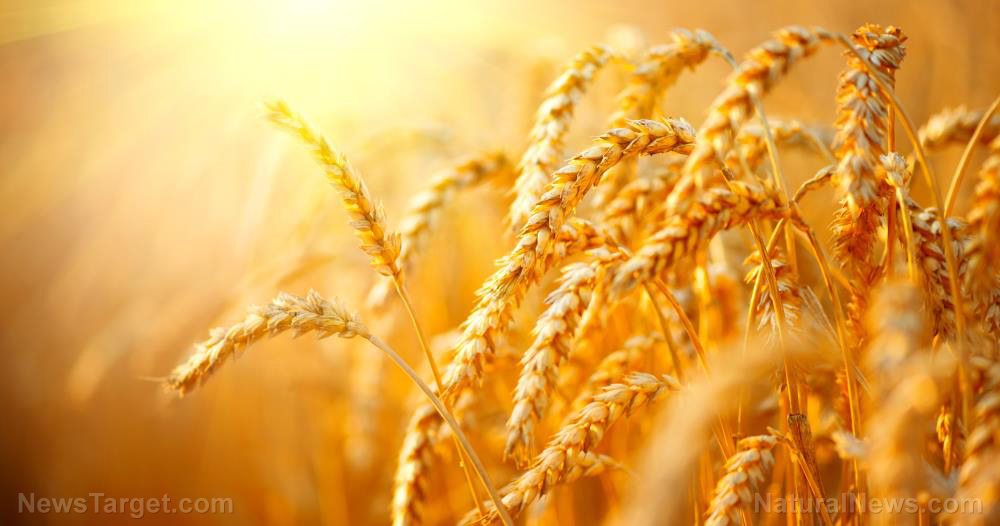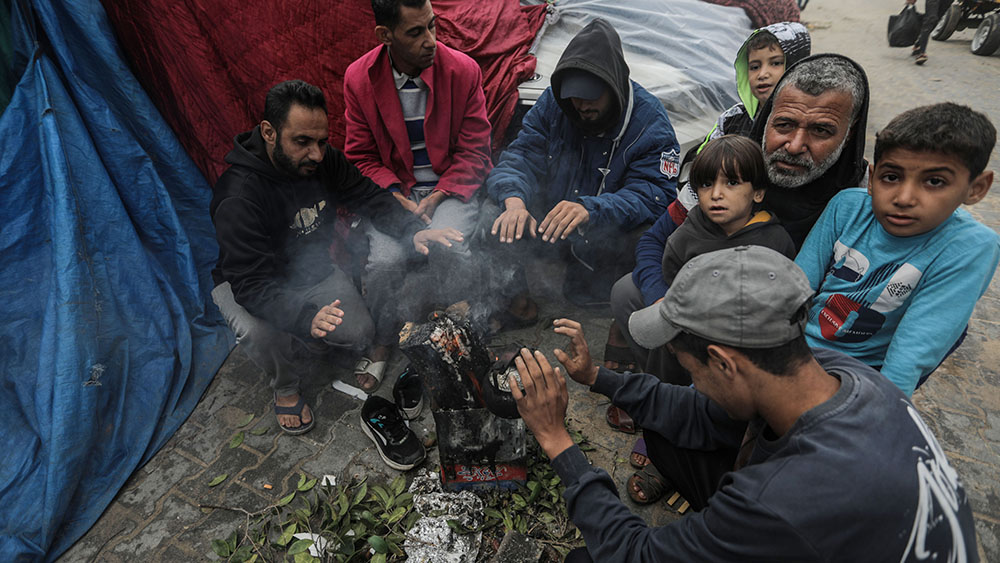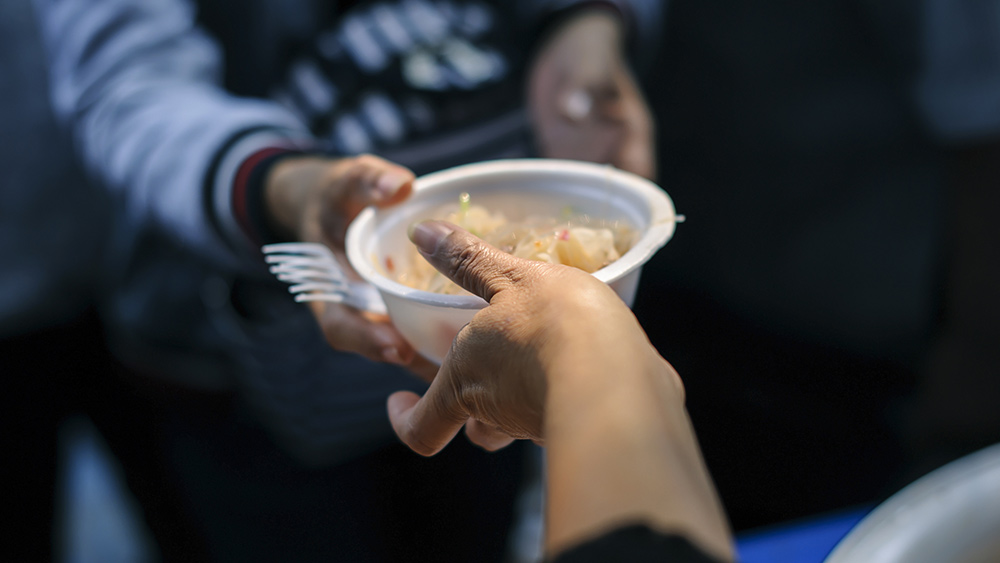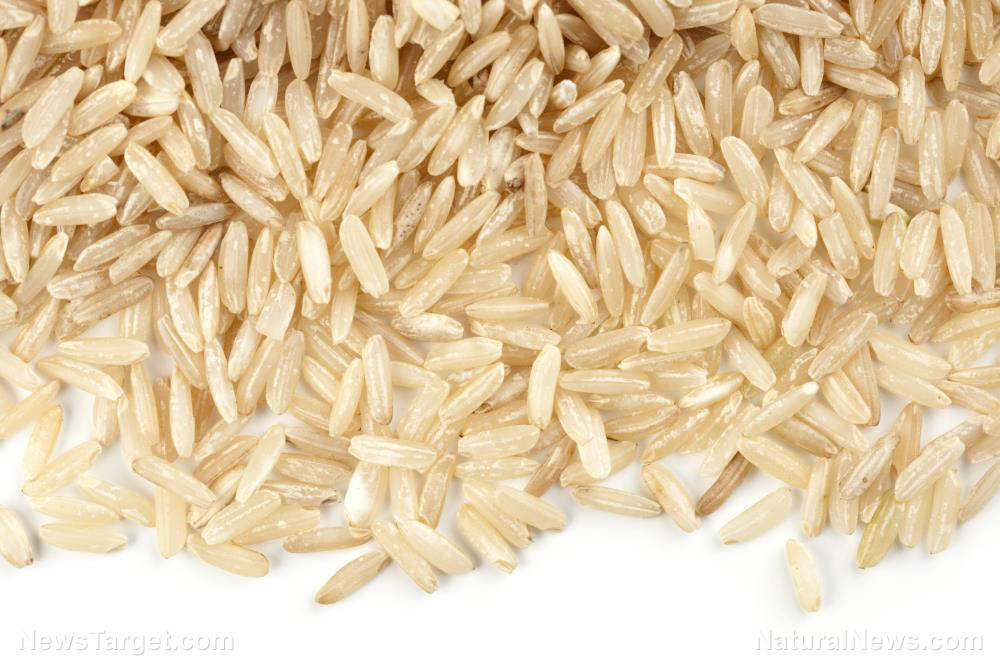Canadian government attributes nationwide poverty to high food costs, not failed government policies and money printing
02/20/2024 / By S.D. Wells

Food shopping can be a stressful venture, especially if you try to distinguish the truly healthy options from the green labeled garbage produced by international food processing corporations. But for many Canadians, shopping for food could be pushing them below the poverty line.
The Canadian National Advisory Council on Poverty (NACP) recently published a report for the Canadian Parliament showing that the nation’s poverty rate stands at 9.8 percent entering spring 2024. This equates to about four million Canadians facing the hardships of poverty. As recently as 2020, the poverty rate was 6.4 percent. “[People living in] poverty and service providers alike told us things seem worse now than they were before and during the first years of the pandemic. “[More people are in] crisis and these crises are more visible in our communities,” the NACP said in its report titled “Blueprint for Transformation.”
The Employment and Social Development Canada (ESDC) and NACP have attributed the hike in poverty rates to high food prices and general higher costs of living. ESDC even predicts a 14 percent increase in the nation’s poverty rate this year due to high food prices.
According to a supermarket survey done by Statistics Canada, a few notable price increases for basic groceries include a 19 percent increase for orange juice, a 20 percent increase for baby formula, and a 27 percent increase for white sugar. These prices are rising faster than Canada’s already steep headline inflation rate that falls between 10 percent and 18 percent per year.
Evil Canadian “dictator” and tyrannical PM Trudeau proves ruthless
Prime Minister Justin Trudeau is certainly to blame for astronomical inflation rates, as he promoted excessive money printing during the COVID pandemic. Trudeau attempted to sell the Canadian people a sense of optimism, but now those feelings have faded. “Hopelessness and desperation have replaced these as the cost of living continues to increase,” the NACP documented.
Trudeau’s excessive federal climate change programs are also to blame for helping to fuel inflation. Canadian Taxpayer Federation Director Franco Terrazzano estimates that Trudeau’s carbon tax will cost Canadian farmers upwards of $1 billion by 2030. “When Trudeau’s carbon tax makes it more expensive for farmers to grow food and truckers to deliver food, his carbon tax makes it more expensive for families to buy food,” Terrazzano explained. “The government could make groceries more affordable for Canadians by scrapping the carbon tax.”
In December of 2023, four Canadian universities put together a report predicting average grocery costs for the upcoming year. They expect a family of four to spend over $16,000 in 2024 on groceries alone. Higher food costs can lead to a plethora of acute chronic issues. Some of these issues are the same ones brought upon Canadians with the onset of extreme COVID policies.
“These include inadequate income, unmet housing needs and homelessness, food insecurity and worsening physical and mental health,” the NACP said. These higher costs of living and the worsening rate of inflation will remain the greatest socioeconomic challenges faced by the Canadian people while Trudeau remains their prime minister.
Ever since the plandemic came and the Biden Regime attacked our transportation infrastructure and supply chains, inflation has been a major problem. Not to mention the fact that the CCP-led O’Biden Regime prints trillions of dollars yearly and it all seems to disappear into the Big Pharma Complex and the Military Industrial Complex, and all at the same time, in just three short years.
Tune your food news frequency to FoodSupply.news and get updates on more toxic foods and food shortages coming to stores near you.
Sources for this article include:
Submit a correction >>
Tagged Under:
big government, bubble, Canada, collapse, debt bomb, debt collapse, economic collapse, economic riot, economy, famine, finance riot, food collapse, food inflation, food supply, grocery, hunger, inflation, market crash, money supply, pensions, poverty, rationing, risk, scarcity, starvation, Trudeau
This article may contain statements that reflect the opinion of the author
RECENT NEWS & ARTICLES
FoodScarcity.News is a fact-based public education website published by CORONA2019 News Features, LLC.
All content copyright © 2022 by Food Scarcity News Features, LLC.
Contact Us with Tips or Corrections
All trademarks, registered trademarks and servicemarks mentioned on this site are the property of their respective owners.





